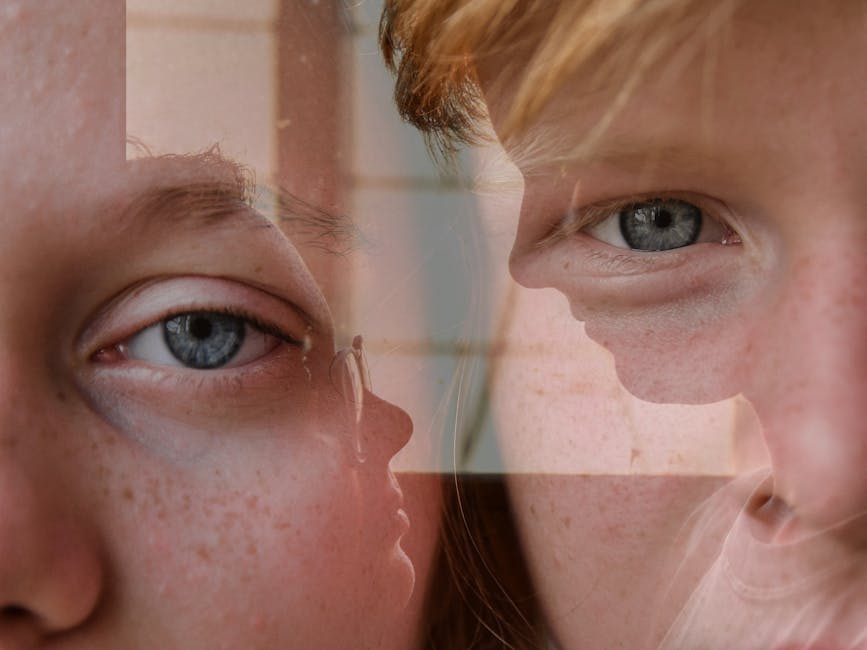The Artistic and Economic Evolution of Iris Photography

The Artistic and Economic Evolution of Iris Photography
In the world of photography, the rise of iris photography as a niche but burgeoning market segment stands as a testament to the intricate blend of art and science. Once overshadowed by mainstream portraiture, iris photography has carved out a unique space for itself, transforming the human eye into not just a window to the soul, but also a canvas for vibrant, personalized art. This article explores how technological advancements and changing consumer preferences are shaping the iris photography industry, making it a compelling case study in modern entrepreneurship.
Emerging Trends in Iris Photography
Personalized Art: At the heart of iris photography's appeal is its ability to offer highly personalized products. Each human iris is unique; when captured in high resolution, it reveals patterns and colors that are not just beautiful but are also deeply personal. This uniqueness not only enhances the artistic value of the photographs but also boosts their emotional appeal, making them popular choices for bespoke decor and thoughtful gifting.
Technological Integration: The industry has seen a significant benefit from integrating advanced technologies such as AI-driven photo enhancement. These tools not only improve the quality and detail of the photographs but also streamline processes, reducing the time and cost associated with traditional photography methods. For instance, tools like Iris Works automate administrative tasks such as booking and client communications, allowing photographers to focus more on creative aspects.
Comparative Analysis: Traditional vs. Iris Photography
Unlike traditional photography, which often captures broad subjects and scenes, iris photography requires a unique approach and specialized equipment to capture the minute details of the human eye. This specialization not only sets iris photographers apart from traditional photographers but also impacts their business model, pricing strategy, and client interaction. Where traditional photography might emphasize volume and variety, iris photography leans into the bespoke, premium nature of its product.
Innovative Practices and Strategic Insights
Customer Engagement: Successful iris photographers emphasize the importance of in-person consultations and viewings. This approach not only enhances customer engagement but also increases sales opportunities through personalized upselling. Diversification: By expanding their offerings to include pet iris art or group iris compositions, photographers can tap into different market segments, further stabilizing their revenue streams during economic fluctuations.
Community Connection: Staking out a position as a community-centered business can significantly bolster a studio’s reputation and client loyalty. For example, offering educational workshops about the science of the eye or participating in local events can resonate well with the community, fostering a deeper connection.
Embracing innovation and maintaining a client-focused approach will be pivotal in navigating the future landscape of iris photography.
Looking Ahead: The Future of Iris Photography
The trajectory of iris photography looks promising, driven by continued technological advancements and a growing appreciation for personalized art. As costs for advanced photography technologies decrease and access to high-quality printing improves, the barrier to entry for new photographers may lower, potentially increasing competition. However, the inherently personalized nature of iris art provides a buffer against saturation. Studios that leverage technology to enhance both the client experience and operational efficiency will likely lead the market.
Final Thoughts
The strategic importance of iris photography transcends its niche status, offering valuable lessons on adaptation, customer engagement, and innovation—principles that are applicable across various business sectors. For entrepreneurs and artists alike, the evolution of iris photography from a curiosity to a sought-after art form underscores the importance of embracing change and staying ahead of industry trends.
